Services

Featured News
HSAG Awarded CMS QIN-QIO 13SOW Regional Contract
HSAG will serve as the West CMS QIN-QIO (Region 7)
On May 20, 2025, HSAG was awarded the Quality Innovation Network-Quality Improvement Organization (QIN-QIO) 13th Statement of Work (13SOW) five-year contract by the Centers for Medicare & Medicaid Services (CMS).
What We Do
We improve the quality of healthcare services to achieve the best possible patient outcomes.
HSAG works to improve the quality, effectiveness, and efficiency of services delivered for patients, providers, and health plans alike. We serve as a positive force in healthcare by providing helpful information and quality expertise to those who deliver and receive health services.


Who We Serve
HSAG serves customers across the healthcare continuum to create lasting change.

Patients + Families
HSAG provides tools and resources for patients, families, and caregivers to be advocates for their own health.

State + Federal
With over four decades of experience, HSAG is an expert in the inner workings of state and federal quality improvement projects.

Healthcare Providers
HSAG provides guidance and expertise to improve healthcare outcomes.

By the Numbers
Based on a current estimate of the U.S. population of 335,000,000, our quality improvement and analytic work has touched:
69.3m
Beneficiaries across the nation
4.9m
Medicare beneficiaries
41.3m
Medicaid beneficiaries
23m
Commercial health plan beneficiaries
Why HSAG?
Since 1979, HSAG has been committed to improving the quality and accessibility of healthcare services to create results-driven change. We offer frontline engagement and technical assistance tailored directly to the needs of your organization.

Strategic Programs
Benefit from advanced data and evidence-based best practices to identify process gaps, receive recommendations, and develop and implement quality improvement plans.
Advanced Analytics
Leverage the latest innovations in data science and advanced analytics to precisely quantify the impact of healthcare programs and policies on healthcare outcomes.
Quality Expertise
Benefit from decades of experience from multidisciplinary healthcare industry experts to develop a comprehensive strategic plan to positively impact your healthcare goals.
Current Programs
Our programs are thoughtfully designed to achieve optimal patient outcomes, improve your regulatory compliance, and support a culture of quality through strategic initiatives.
Medicare Quality Improvement
Improving the quality of healthcare for Medicare patients
Medicaid External Quality Review
Providing quality review services for Medicaid programs
Medicaid Waiver Evaluation
Providing analysis to assess Medicaid program impact
Kidney Health
Improving the quality of life of individuals with kidney disease
National Surveys
Working to raise the patient’s voice in the healthcare arena
Services
Our services, which support our programs, provide the data, resources, and outcomes you need to achieve higher-quality care.
Data Science & Advanced Analytics
Transforming the quality and effectiveness of care delivery
Survey Administration & Analysis
Improving patient experiences with care and outcomes
Healthcare Consulting
Delivering expertise to ensure regulatory compliance
Case Review
Conducting medical record reviews and abstractions
Audits
Offering a complete scope of healthcare audit services

Join Our Team
Make a substantial impact on our nation’s healthcare system.
Do meaningful and rewarding work alongside some of the brightest minds in the industry—all while maintaining your own well-being through generous employee benefits.













